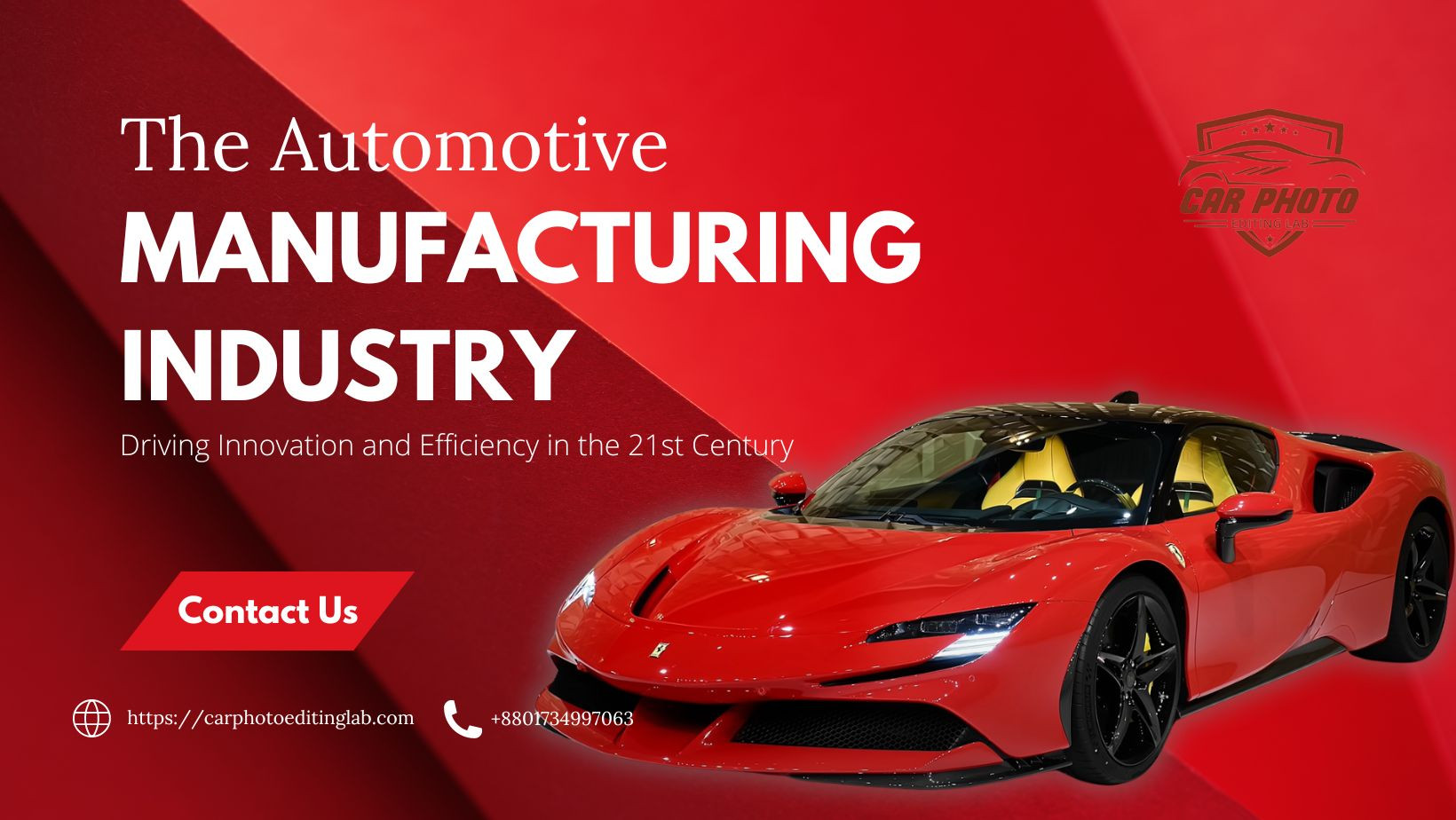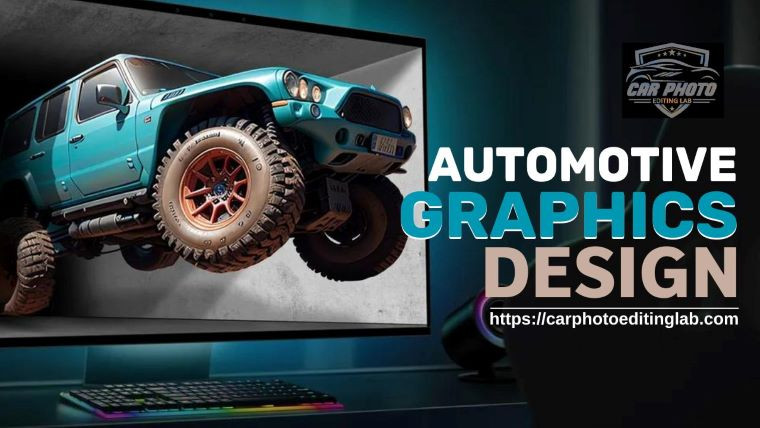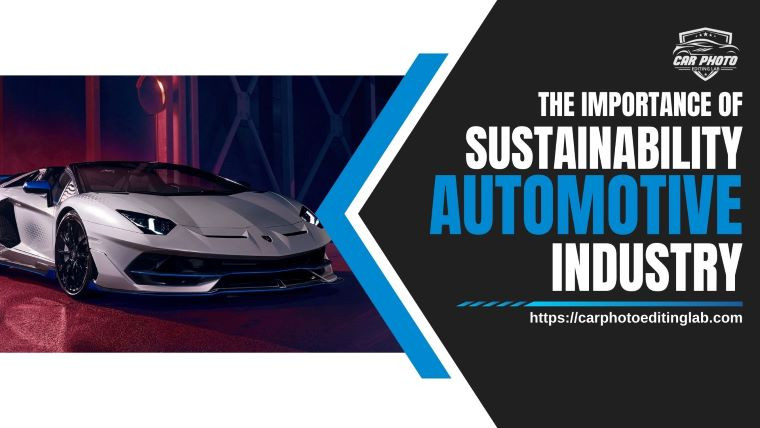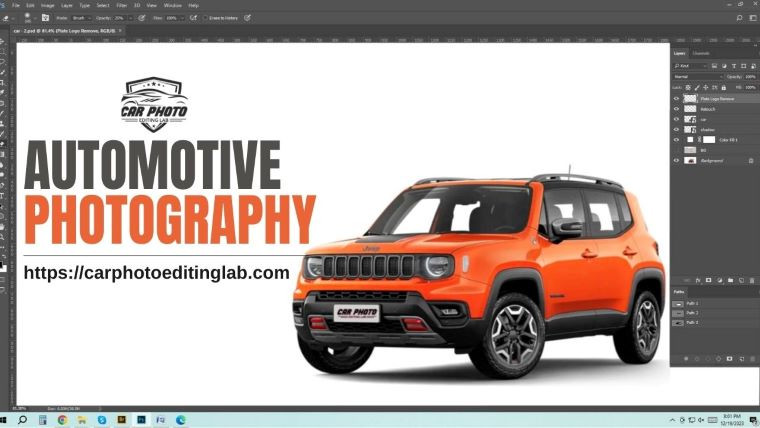-
Contact us with Whatsapp:
+8801734997063 -
Mail Us:
[email protected] -
Service Hours
24/7
What is Car Color Correction?

Mar 2024
- 29 Mar 2024
- Business Solution
- 0 Views
What is Car Color Correction?
Car color correction is a specialized process aimed at restoring the original color and finish of a vehicle's paintwork. Over time, factors such as exposure to sunlight, environmental contaminants, improper washing techniques, and minor scratches can cause the paint on a car to become dull, faded, or marred with imperfections. Car color correction involves a meticulous series of steps to remove surface defects, restore depth and clarity to the paint, and enhance its overall appearance.
Typically performed by skilled detailers or professional auto body technicians, car color correction begins with a thorough cleaning and inspection of the vehicle's exterior to identify imperfections. Using a combination of cutting compounds, polishing pads, and buffing machines, technicians carefully remove surface defects and imperfections, such as swirl marks, oxidation, and light scratches. The process requires precision and expertise to achieve a uniform and flawless finish while preserving the integrity of the paint. Ultimately, car color correction rejuvenates the appearance of a vehicle, bringing back its original shine and luster, and often increasing its aesthetic appeal and resale value.
Why is Car Color Correction Important?
Car color correction is important for several reasons:
1. Restoring Appearance: Over time, a vehicle's paint can become dull, faded, or marred with imperfections due to various factors like exposure to sunlight, environmental contaminants, and minor scratches. Color correction helps to restore the paint's original depth, shine, and clarity, enhancing the overall appearance of the car.
2. Preserving Value: Maintaining a car's exterior in top condition is essential for preserving its resale value. Correcting color imperfections helps to keep the vehicle looking newer for longer, which can positively impact its resale or trade-in value.
3. Protection: By addressing surface defects and imperfections, color correction also helps to protect the paintwork from further damage. Removing contaminants and restoring the protective clear coat layer can shield the underlying paint from UV rays, oxidation, and environmental hazards.
4. Enhanced Aesthetics: A well-executed color correction process can significantly enhance the aesthetic appeal of a vehicle. A glossy, flawless finish not only looks better but also reflects positively on the owner's attention to detail and maintenance standards.
5. Customer Satisfaction: For auto detailing businesses or car owners, investing in color correction services can lead to increased customer satisfaction. A beautifully restored paint job can leave a lasting impression and build customer loyalty.
How is Car Color Correction Done?
Car color correction is typically carried out in several meticulous steps to achieve a flawless finish. Firstly, the vehicle's exterior is thoroughly cleaned to remove any dirt, grime, or debris that could interfere with the correction process. Next, the paintwork is carefully inspected to identify imperfections such as swirl marks, scratches, and oxidation. Using a combination of cutting compounds, polishing pads, and buffing machines, skilled technicians then begin the correction process, working methodically to remove imperfections and restore the paint's depth and clarity. Different levels of abrasives may be used depending on the severity of the defects. Multiple passes may be necessary, gradually refining the finish to achieve the desired level of perfection. Finally, a protective sealant or wax is applied to enhance the shine and provide long-lasting protection against environmental elements. The entire process requires precision, expertise, and attention to detail to ensure a uniform and flawless result.
Top of Form
The Role of Technology in Car Color Correction
Technology plays a significant role in modern car color correction, revolutionizing the process and elevating the results to new heights of precision and efficiency. Several technological advancements have contributed to enhancing various aspects of the color correction process:
1. Advanced Polishing Machines: Technological advancements in polishing machines have led to the development of sophisticated tools that offer greater control and consistency in correcting paint imperfections. Dual-action polishers, rotary polishers, and random orbital polishers equipped with variable speed settings allow technicians to adjust the level of aggression based on the specific requirements of the paintwork. These machines enable smoother and more effective correction of defects while minimizing the risk of damage to the paint.
2. Specialized Polishing Pads: Modern polishing pads are engineered using advanced materials and design techniques to optimize performance and durability. Foam pads come in various densities and compositions tailored to specific correction tasks, such as cutting, polishing, and finishing. Microfiber pads are also popular for their ability to effectively remove defects while leaving a high-gloss finish. These pads, combined with the latest polishing machines, enhance the precision and effectiveness of the correction process.
3. High-Quality Abrasives and Polishing Compounds: Technological advancements in abrasive formulations and polishing compounds have resulted in products that offer superior cutting ability, longer working times, and reduced dusting. These advanced formulations ensure consistent results and minimize the risk of inducing further damage to the paint during the correction process.
4. Paint Thickness Gauges: Paint thickness gauges have become essential tools in car color correction, allowing technicians to accurately measure the thickness of the paint layers. This information is crucial for determining the extent to which defects can be safely corrected without compromising the integrity of the paint. Advanced digital paint thickness gauges provide real-time measurements with high precision, enabling technicians to make informed decisions during the correction process.
5. Computerized Color Matching Systems: In cases where paint touch-ups or spot repairs are necessary, computerized color matching systems help technicians accurately match the color of the repaired area to the original paint. These systems utilize spectrophotometers and advanced software algorithms to analyze the color and texture of the existing paint and generate precise formulas for mixing custom paint solutions. This ensures seamless blending and an imperceptible repair finish.
Overall, technology has revolutionized car color correction by providing professionals with advanced tools, materials, and systems that enhance precision, efficiency, and the quality of results. These technological innovations have raised the standards of paint correction, enabling technicians to achieve flawless finishes while minimizing the risk of damage to the vehicle's paintwork.
Conclusion
In essence, car color correction is the art and science of restoring or enhancing the appearance of a vehicle's paintwork. It involves a meticulous process of identifying and addressing imperfections such as scratches, swirl marks, and oxidation, using specialized techniques and cutting-edge technology. By meticulously restoring the vibrancy, clarity, and depth of the paint, color correction not only rejuvenates the vehicle's aesthetic appeal but also preserves its value and protects it against further damage. Whether performed by professionals or enthusiasts, this transformative process showcases the fusion of craftsmanship and innovation in automotive detailing, ensuring that vehicles maintain their pristine appearance and owners take pride in their investment. Ultimately, car color correction exemplifies the dedication to perfection and the pursuit of excellence in the realm of automotive care.
























0 Comment